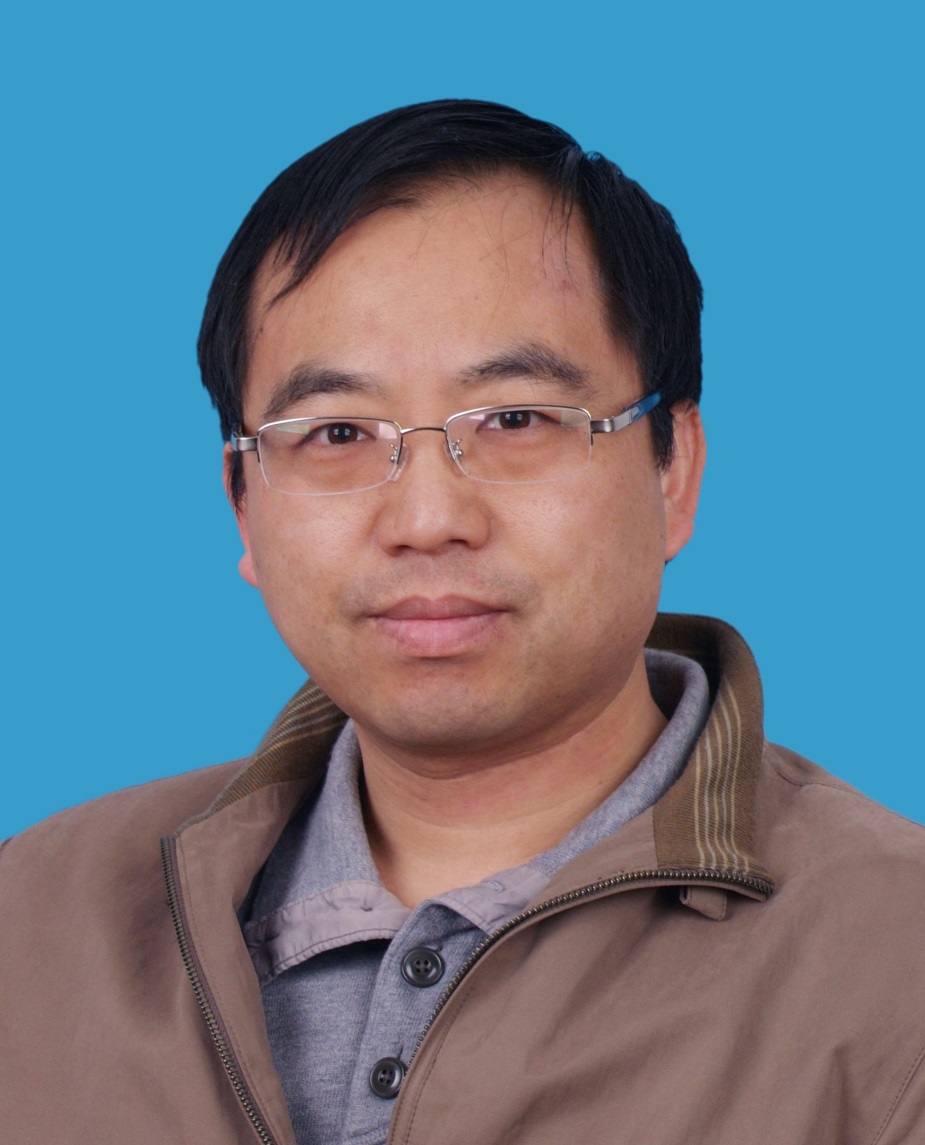

Prof. Bi Guoqiang graduated from the Department of Physics at Peking University with a Bachelor of Science in 1989. He obtained a Master of Science in Physics from New York University in 1991 and a Ph.D. in Biophysics from the University of California, Berkeley, in 1996. From 1996 to 2000, he conducted postdoctoral research at the University of California, San Diego. From 2000 to 2008, he served as an assistant professor and then an associate professor (tenured) in the Department of Neurobiology at the University of Pittsburgh School of Medicine. He received several academic awards, including the Burroughs Wellcome Fund Career Award in the Biomedical Sciences and the Chancellor’s Distinguished Research Award. In 2007, he returned to China to establish a neurophysics laboratory and was appointed as one of the first new chair professors at the University of Science and Technology of China (USTC) in 2008.
Prof. Bi is an internationally renowned biophysicist and neurobiologist, known for his significant contributions to the biophysical mechanisms of cell membrane repair, computational rules and signaling mechanisms of synaptic plasticity, and the cellular dynamics of neural network reverberation. His discovery of spike-timing-dependent plasticity (STDP) and subsequent research on its molecular and cellular mechanisms and computational rules have advanced the field and had a broad impact on information science and artificial intelligence. He has published over 100 papers in journals such as Science, Nature, Nat Neurosci, Nat Biotech, Natl Sci Rev, PNAS, Ann Rev Neurosci, with more than 16,000 citations, including over 5,000 citations for a single paper. He has been continuously selected as Elsevier’s Highly Cited Chinese Researchers and the top scientist with global career influence in the field of neuroscience.
He is currently Co-Director of the Integrated Imaging Center at the Hefei National Research Center for Microscale Material Science. He also serves as the executive council member of the Chinese Neuroscience Society, a committee member of the Cryo-Electron Microscopy Branch of the Chinese Biophysical Society, a standing committee member of the Biomedical Photonics Professional Committee of the Chinese Optical Society, and a working group member of the International Brain Initiatives (IBI). Additionally, he is the Associate Editor of the international journal Frontiers in Neural Circuits, and an editorial board member of Current Opinion in Neurobiology, Molecular Brain and Neuroscience Bulletin. He leads major research projects, including the National Key Basic Research Development Program, CAS interdisciplinary collaboration projects, CAS Strategic Priority Research Program, NSFC major research programs, and NIH BRAIN Initiative.
The brain consists of myriad neurons that connect with one another through heterogeneous and plastic synaptic connections, forming highly ordered circuits with multi-scale complexity. Neuronal activity within and across these circuits shapes their connectivity and underlies perception, emotion, decision and learning in animals and human.
Towards understanding this complex system, Dr. Bi’s group aims at developing and applying cutting-edge light and electron microscopy techniques, as well as AI-based data analysis methods, to explore the organization and activity of the brain across multiple spatiotemporal scales. The ultimate goal is to understand the logic behind the structure and dynamics of brain circuits, to reveal basic mechanisms underlying brain function and dysfunction, and to inspire next generation artificial intelligence.
Current research directions include:
(1) Architecture of synapses and neuronal circuits;
(2) Synaptic plasticity and learning in vitro, in vivo and in silico;
(3) Cross-scale imaging, AI-based big data techniques and their biomedical applications.

PhD, Professor, Principal Investigator
Research
Lau lab focuses on the dynamics of neuronal synapses and networks, and the neural circuitry mechanisms underlying brain disorders, especially those related to emotional stress.
We employ electrophysiological and optical approaches to study the dynamics of neuronal network in vitro and in vivo. Pharmacological and optogenetic manipulations are used to modulate neuronal circuit dynamics and to establish animal models of emotion-related disorders, such as anxiety, depression, and autism. To systematically dissect neural circuits involved in such disorders, we also develop and apply high-throughput system-wide mapping techniques based on tissue clearing and high-speed 3D imaging (VISoR) in collaboration with Dr. Guoqiang Bi's group.
Current research directions include:
(1) Emergence of reverberatory activity with conserved firing patterns in neuronal networks through activity-dependent synaptic plasticity;
(2) Brain-wide activity mapping and neural circuitry mechanisms in animal models of depression, anxiety, and autism;
(3) The mind-body problem – how mental conditions interact with functional and diseased states of internal organs through central-peripheral connectivity.

Senior Engineer